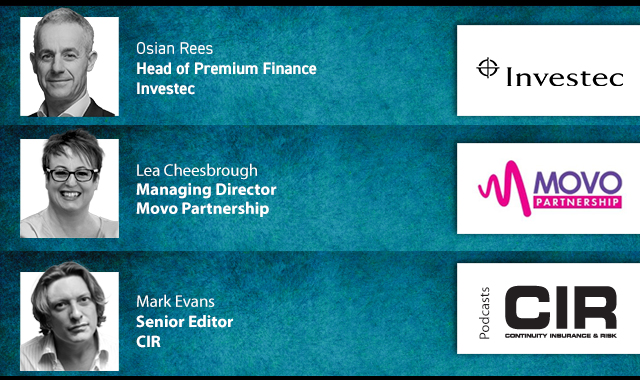The speed at which political instability spreads is now inextricably linked to social media, as disaffected populations globally are increasingly turning to this powerful outlet to drive political demonstrations.
This, according to Marsh, means that the ‘rear view mirror’ approach to risk management, which is frequently used by multinationals to forecast risk by examining past events, is no longer sufficient when operating in at-risk countries.
Evan Freely, global credit and political risk practice leader at Marsh, commented: “Social media can exacerbate political risk by accelerating the formation of political protests, and enabling civil unrest to more easily and quickly transition from a single-country phenomenon to a regional event. Conversely, authoritarian governments may use social media to deflect popular discontent away from political leadership and toward foreign entities.
“This unrest can translate into a variety of political risks for businesses, including expropriatory actions, forced abandonment, forced divestiture, property damage, contract frustration, business interruption, and trade disruption.”
Instead of targeted and ‘just-in-time’ political risk management, Marsh advocates a multi-country and multi-hazard approach to managing political risk. This includes the purchase of broad, multi-country political risk insurance policies and detailed planning to ensure business continuity and the safety of employees and key assets.
Marsh's latest Risk Management Research briefing, Social Media Heightens Political Risks in Emerging Markets, suggests that organisations doing business in countries with high levels of political risk should:
• review their business interruption and supply chain resiliency plans, evaluate the impact of potential political risk events on their own operations and on those of their customers and suppliers;
• ensure that they can communicate potential problems to employees, customers, and suppliers, and review crisis communication plans to ensure the safety of employees; and
• review their credit risks and credit control policies and procedures. On-going financial monitoring can identify strengths and weaknesses in their credit risk management processes, enabling firms to avoid bad debts and improve cash flow.
“The proliferation of social media will likely accelerate in the years to come, at times facilitating protest movements, including in some countries traditionally deemed ‘safe,’” Freely added. “It is vital that businesses recognise the added risks that social media can present and manage those risks accordingly.”
Printed Copy:
Would you also like to receive CIR Magazine in print?
Data Use:
We will also send you our free daily email newsletters and other relevant communications, which you can opt out of at any time. Thank you.













YOU MIGHT ALSO LIKE